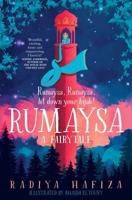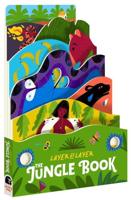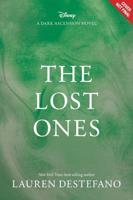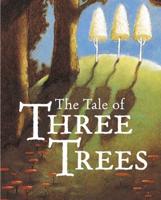Publisher's Synopsis
The collection of Old Arabian Tales is the most famous literary product of a classical Islamic Civilization that was formed through a merging of Arabic culture (especially religion) and the great imperial traditions of the eastern Mediterranean and the Persian empire of the Sassanians. Ironically, the work was not widely accepted as serious literature by the intellectual and literary elite of the Islamic world. This rejection reflects the Koran's condemnation of fictional narratives as lying. Most traditional Arabic narrative was didactic or religious - history, useful knowledge moral instruction. Imagination and fantasy were more commonly expressed in poetry which had a tradition in Arabic life pre-dating Islam and was not constrained by religious concerns. The Arabian Nights has often been banned by Arab governments even as recently as 1989 when Egypt issued a ban. The first documented evidence for the collection is a 12th century Cairene notebook: the oldest manuscripts date from the 15th century and consist of about 270 nights. The stories were circulated in manuscript for centuries until they were written down in a definite form during the late 13th century, somewhere in Syria or Egypt. All later manuscript versions originate in this now-lost document and they fall into two main bunches - one developed in Syria and the other in Egypt. The Syrian collection remained close to the original. The Egyptian collection, on the other hand, absorbed many further stories in an apparent quest to actually arrive at the 1001 nights of the title.









